The Congreve Clock: An Ingenious Mechanism Doomed to Inaccuracy (14 photos + 1 video)
In the early 19th century, English inventor Sir William Congreve created an unusual clock that measured time using a ball rolling down an inclined plane. 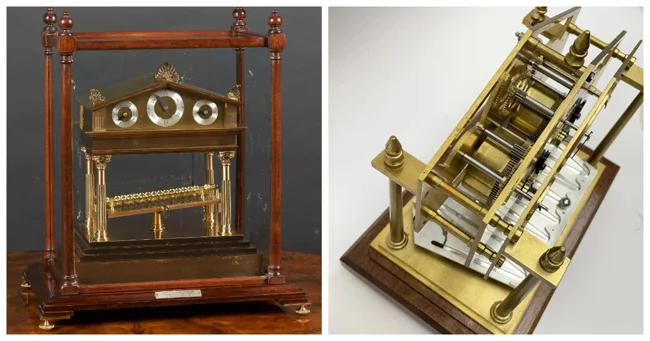
In that era, most clock mechanisms relied on the steady swing of a pendulum. 
Rolling Ball Clock, 1820, in the British Museum
The design of the Congreve clock consists of a brass plate with a zigzag groove. A small brass ball slowly rolls along this groove. Upon reaching the end of the groove, it presses a lever, which activates a spring. This spring lifts the edge of the plate, changing its slope and causing the ball to roll in the opposite direction. At the same time, the same lever advances the clock hands by a fixed amount of time, equal to the time it takes the ball to complete its journey. Typically, this is 15 seconds, although in larger models, the cycle could take as long as a minute. 
Johann Sailer's Clock, Ulm, circa 1630
Although the invention is often attributed to Congreve, the concept was not original. Similar clocks had been created earlier by the French engineer Nicolas Grolier de Serrieur and the German craftsman Johann Sailer as early as the 17th century. Some sources suggest that Congreve was unaware of these works, but according to Mark Frank, an expert on historical chronometers, Congreve "may have borrowed some details from Sailler's watches," especially given that both makers used a zigzag track. In contrast, Grolier de Serriere's movement had a straight track. 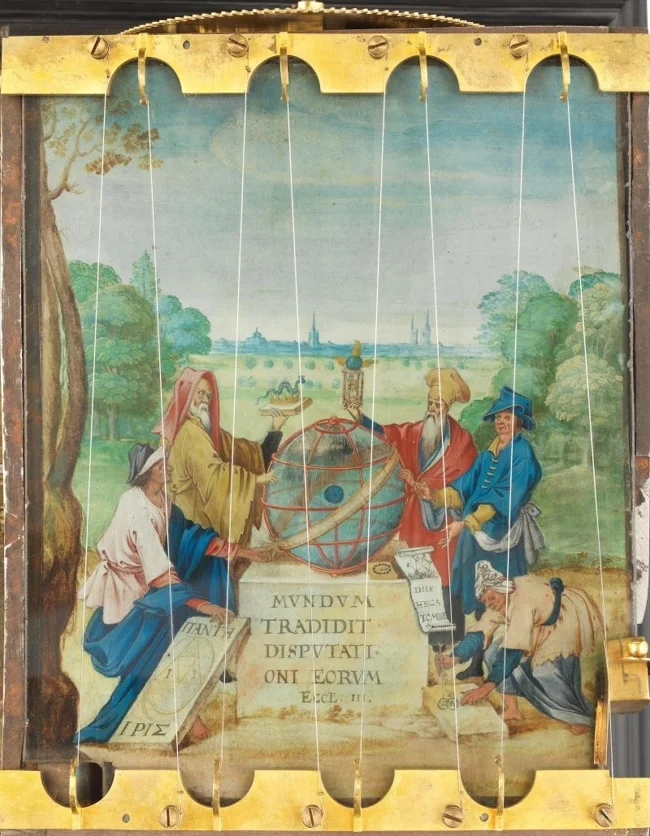
However, Congreve's design differed from Sailler's watches, which used multiple balls and a fixed platform, while Congreve used a single ball and an oscillating table. The inventor himself described his mechanism as a "highly independent escapement." In reality, the accuracy of watches was highly dependent on external conditions. 
Adjusting the mechanism required pinpoint precision. Buckingham Palace staff, responsible for maintaining such clocks, described them in 1837 as "a most complex and capricious mechanism." 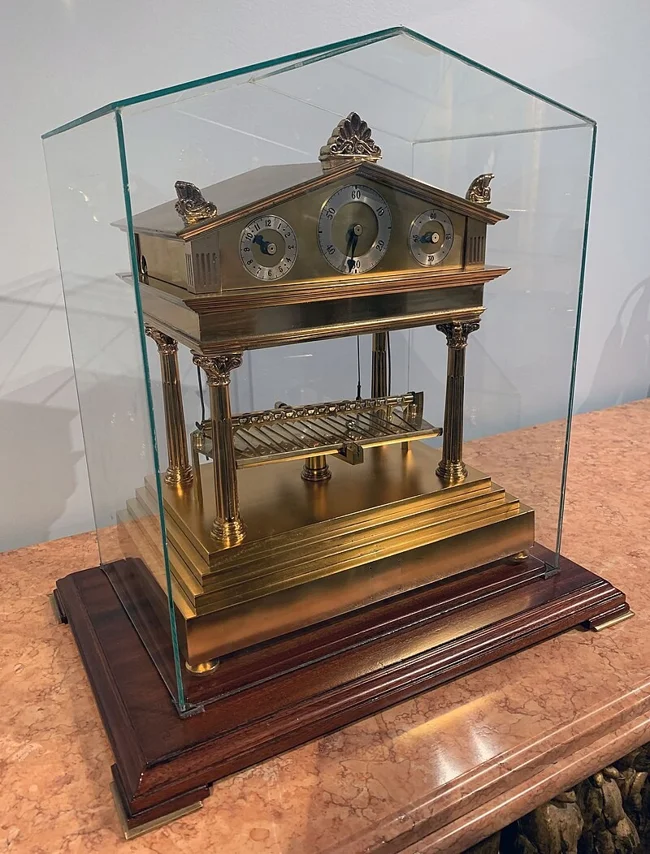
Darren Cox, a restorer at the National Museums of Scotland, struggled with adjusting one such clock for two months without much success:
The clock and the swinging platform must be perfectly level. I found that even with the protective cap I made for them, the metal ball needed to be cleaned at least twice a month to remove even the slightest dirt.
But the main difficulty was adjusting all the levers and the plate, which had previously become deformed. The slightest imbalance was enough to stop the ball from rolling, and if it rolled too slowly, it wouldn't activate the wheel transmission and raise the platform. 
The main problem was simple dust. The speed of the ball's movement down the inclined plane varied greatly depending on the cleanliness of the chute and the ball itself. Furthermore, the metal expanded or contracted with changes in temperature, which affected the length of the track and the size of the ball. 
Modern Version
Darren Cox discovered that such clocks could gain or lose up to 45 minutes per day. 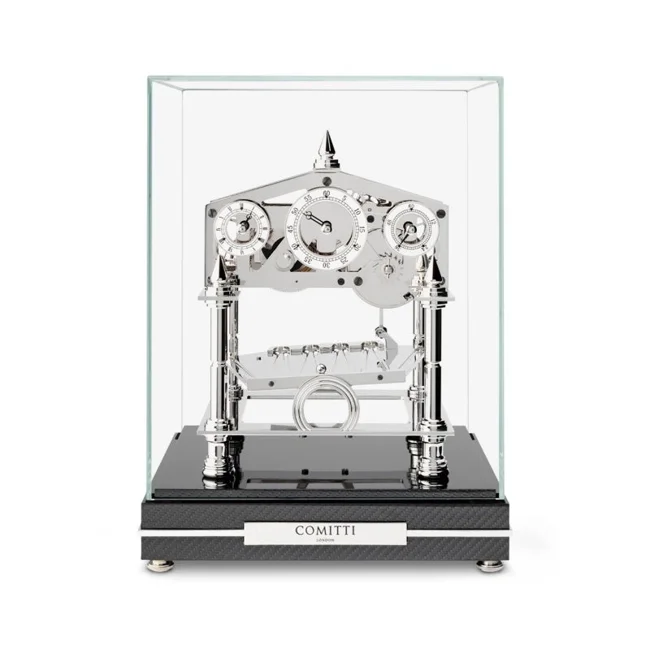
Despite its reputation as a highly unreliable chronometer, Congreve clocks possess style, beauty, and a captivating movement that can be watched endlessly. 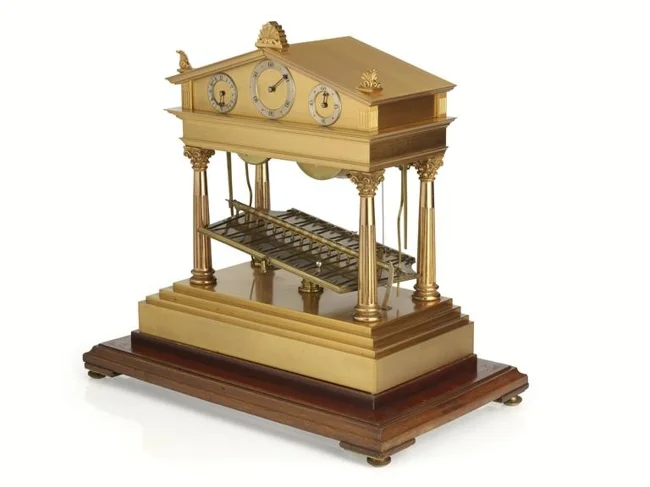
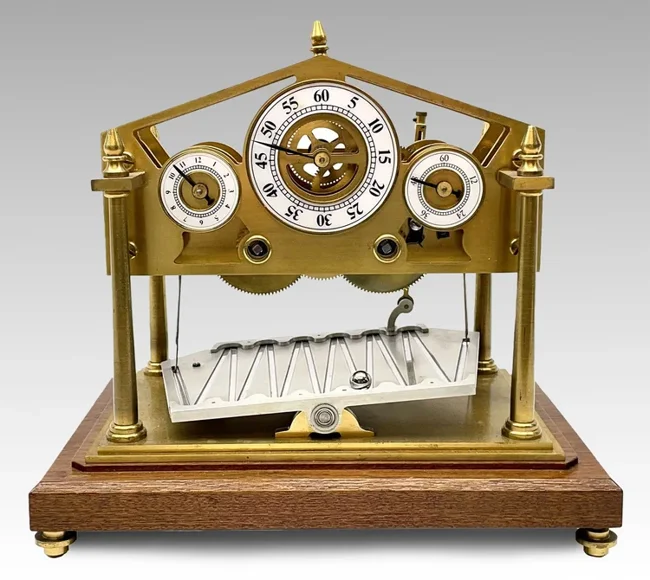
[thumb]https://cn22.nevsedoma.com.ua/p/29/2917/238_files/2ab7b01ce 044a603ed2e27969cffb275.webp[/thumb] 































